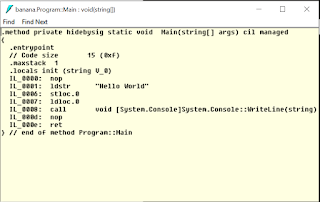--Originally published at Information Security A01229898
Hi everyone, On this post I will talk about Security and videogames, yes, finally something about software, so let’s start this.
On this post as I mention I will talk about videogames, I was searching on internet and I found a post from welivesecurity esset and they talk about this topic, they interview Andres Rossi the CEO of an Argentine company that develops videogames for social networks, so I grab some information of that post so you can know a little of what they talk and at the end of the post I will put the link so you can check all the post of esset
Andres told that with his experience he has seen a lot of incidents related with security like payment-card frauds, cyberattacks targeting gamers and the subsequent claim of prizes, to exploitation of servers just for the sake of playing, but he says that the most common problem is that players leave their accounts open in machines that do not belong to them. He said that there is a lot of ignorance among video games developers regarding security implementation and one example is that the online Playstation platform was compromised a few years ago, the problem is that there are so many games that, as is to be expected, the challenge is still only focused on the largest and most famous game companies.
At last, I want to say that the security problems that the video game industry it’s because on the past, the industry didn’t need to take care for security, because all games were offline, so, it was not possible to extract information of other players, but with the online games the problem started but is difficult to try to secure all games.
Link of the interview: https://www.welivesecurity.com/2016/08/16/security-transversal-issue-video-games-development/




/topology_bus-56a1ad375f9b58b7d0c19df5.gif)



